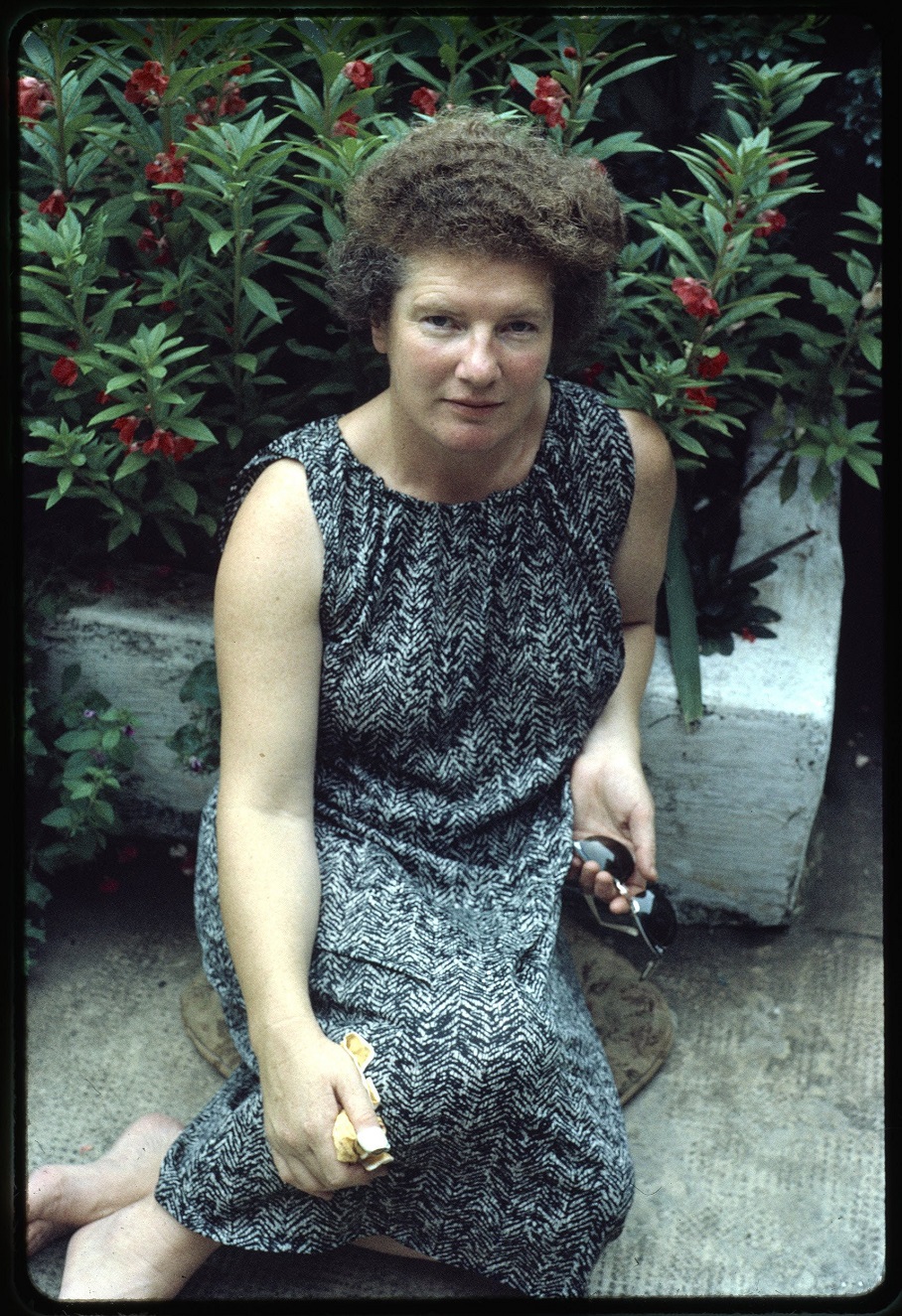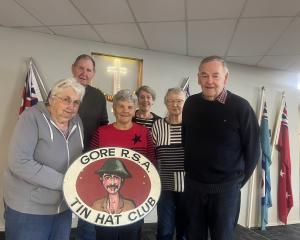Last night it was announced writer Janet Frame’s papers will be inscribed in the Memory of the World Aotearoa New Zealand register. To celebrate the honour and what would have been Frame’s 100th birthday an exhibition showcasing the papers has opened.
Rebecca Fox talks to curators Kirstie Ross and Anna Blackman about what has been revealed.
Recipes pulled out of magazines and splattered with grease spots and food, ferry tickets, clippings, maps, letters — it all speaks of a very ordinary life.
Yet Janet Frame’s life as most know it was not very ordinary. An internationally renowned author born in Dunedin, Frame was appointed to the Order of New Zealand — New Zealand’s highest honour. Her writings about her life and mental health struggles became an award-winning movie, An Angel At My Table.
But for the curators who have been working through the 25 shelves of file boxes holding the ephemera of Frame’s life, ordinary is the overwhelming impression.

"She was a keeper, not a biffer I suppose. Sort of the more mundane things that document her life."
The papers were first gone through in the early 2000s after the Hocken received a Lottery grant to sort, list and package the papers in preservation packaging. As there were restrictions on the papers being used for 15 years after her death in 2004, the papers have only recently become available for research.
But as this year would have been Frame’s 100th birthday it seemed a fitting time to recognise the heritage treasure the papers represent.
So the Hocken applied for the collection of papers to be recognised on the Memory of the World register. Last night the papers were inscribed into the New Zealand register at a ceremony at the University of Otago Library’s special collections.

As Frame moved around New Zealand and travelled overseas, there are documents relating to the homes she bought and rented and maps of the cities she visited. They may have also discovered the ferry ticket Frame used to travel from Barcelona to Ibiza in 1958, seen as a key time in Frame’s life and work.
There are also letters from her family and friends. Some items date back to the 1910s and 1920s such as the marriage certificate of her parents.
"You know, she had quite a wide spread of friends around the world. So there were people in the United States that she corresponded with, people in New Zealand like the writer Ruth Dallas. Also Jacquie Baxter she was good friends with, who was [New Zealand writer] James K. Baxter’s wife. ... There’s quite a few letters from Frank Sargeson."
There was correspondence around her work being used by others for productions such as in An Angel at My Table, radio interviews, other theatre performances and television productions.


Of the many photographs found in the boxes were a series of passport-style photos taken over the years.
"They’re a quite nice record of her over time."
Many of the boxes of ephemera moved around with her. The curators even found an evaluation of her possessions like you would do for insurance purposes which indicates she had 22 bookcases — hence the name for the exhibition.
It had been an interesting experience for Blackman, who until now had not had a chance to look through the papers in detail.
As well as the general ephemera of Frame’s life, the papers include drafts of her books, manuscripts, novels, short stories and poetry as well as some non-fiction. Some things are well worn out and others have been carefully wrapped up and kept.
"I kind of knew she had an ordinary life. But just seeing a lot of those documents, it just sort of reinforces that ... she could have just been any other middle-aged lady living in the suburbs by herself."
Hocken published and special collections head curator Kirstie Ross, who describes herself as a social and cultural historian rather than a literary one, said she was fascinated by the artefacts and material evidence of Frame’s reading and life she uncovered during the process of curating the exhibition.
"It’s like an excavation or a forensic look at all this evidence because you never have a person’s full life. But she really kind of elevated reading over other kinds of pastimes."
She had done a deep dive into what Frame read from childhood to adulthood, looking at the books that would have been on her bookshelves.
"Her work [is] based on a lot of reading. So you don’t have her writing without her reading."
The exhibition includes one of the French textbooks she used at Waitaki Girls’ High School as she read a lot of French literature.
"Frame mentions in quite a lot of detail in her autobiography the books that were on the shelves at home. And I also explore the idea of books as belongings, because this idea too of being somewhat mobile, meant that she was packing up her books, storing them, unpacking them."


Frame’s writings gave the impression she felt at home once she had unpacked her books, Ross said.
The shelves were also home to the books of her friends such as Sargeson and books about the craft of writing.
They also found knitting and sewing patterns along with copies of the New Zealand Women’s Weekly and library cards suggesting she was an avid user of libraries.
"There’s even DIY/handyman’s ephemera, a flyer from the local hardware store and a brochure for a motorcycle. So there’s quite a wide range of texts and books that she’s reading."
Frame’s interest in reading probably came from her family as their reading appeared to be very eclectic, Ross said.
"Their definition of a book was very broad. It encompassed newspapers, comics, drama, fiction. You know, her dad loved westerns. So I think what this exhibition and the papers reveal is Janet Frame as being very human."

"There’s plenty of photos of her enjoying a joke with friends and family. There were lots of aspects of her life that feel very ordinary to me ... for someone as a single woman living in the time that she lived."
It also showed the different stages of her life, from when she was unknown to when she gained a profile for her work.
"Obviously, early in her writing life, her financial situation wasn’t great. But as time went on, she became more comfortable.
"But I wouldn’t say she ever lived a luxurious kind of a lifestyle. If she spent money, it was probably on travel and books."
They hoped their work for the Memory of the World and exhibition would open up Frame’s papers for researchers to use to join up more of the dots of her life.
"They just kind of give you this fresh perspective," Ross said.

NZ Memory of the World
• Established in 2010 by the NZ National Commission for Unesco.
• Advocates for the preservation of archival materials.
• Assists universal access to documentary heritage.
• Increases awareness worldwide of the existence and significance of documentary heritage.
• Among those New Zealand documents registered are Te Tiriti o Waitangi, Women’s Suffrage Petition, Maori Land Court minute books, Sir Edmund Hillary archive and Charles Brasch literary and personal papers.
TO SEE
Janet Frame’s Bookshelf: A Writer’s Reading Life, University of Otago Central Library, special collections, until February 2025.












